Best Practices for Investment Fiduciaries (a 10-part blog series)
In today’s complex, high-regulated, and increasingly litigious world, as a 401k plan sponsor, you must ensure your 401k plan is effective and compliant. Having an educated investment committee with a solid process in place is one key to achieving an effective and compliant plan.
In this blog post series, I’ll share with you the Best Practices for Investment Committees (really the topics discussed pertain to all investment fiduciaries - whether you have a committee or not). I encourage you to compare the best practices shared in this series with how you’re currently operating your 401k plan.
The topics in this series area covered here at a very high level, so if you have any questions as you go through these topics or would like to discuss any point in more detail, contact me and I’d be happy to answer any questions you might have.
Links to Posts in this series:
Best Practice Post #1: Why Set up an Investment Committee
Best Practice Post #2: Forming an Investment Committee
Best Practice Post #3: Holding Investment Committee Meetings
Best Practice Post #4: Adopting a Formal Investment Policy
Best Practice Post #5: Understanding ERISA Section 404(c)
Best Practice Post #6: Selecting Investment Options for Your Plan
Best Practice Post #7: Considerations for Holding Company Stock in Your Plan
Best Practice Post #8: Tips for Hiring a Plan Advisor
Best Practice Post #9: Understanding Fiduciary Liability Insurance
Best Practice Post #10: Understanding Investment Expenses and Fees
The inspiration for this blog series came from the book titled, “Prudent Practices For Investment Stewards” and I’d be happy to send you a free copy of the book. Just contact me to request the book and let us know where to send it and we’ll get it sent out promptly. It’s a great resource for anyone who has responsibility for setting up and managing an employer-sponsored retirement plan. Let me know if you’d like a copy - no cost or obligation… I’m happy to send it.

